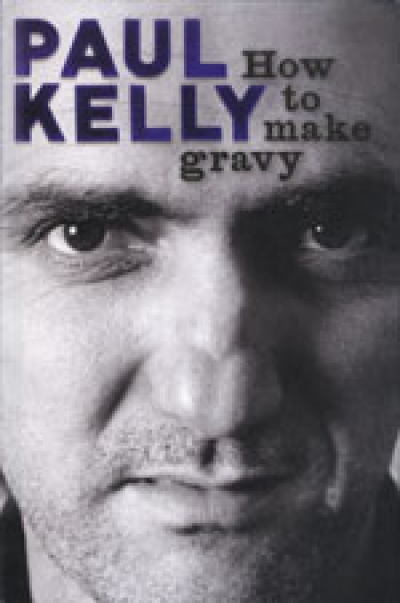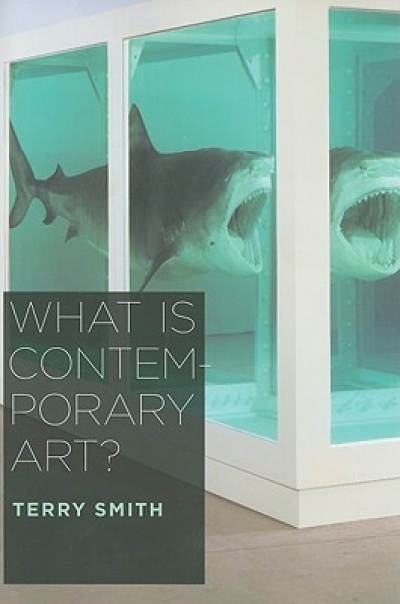Non Fiction
The Sound of Pictures: Listening to the Movies, From Hitchcock to High Fidelity by Andrew Ford
Claudia Gorbman, in her ground-breaking and much-admired book Unheard Melodies: Narrative Film Music (1987), invites us to imagine an alternative cinematic universe, one in which music has never played a part. Imagine if this were the norm, and imagine, after years of being accustomed to films in which music was absent altogether, attending a film such as the 1940s weepie Mildred Pierce and hearing the ebb and flow of Max Steiner’s luscious orchestral score. ‘What sheer artifice this would appear to the viewer! What a pseudo-operatic fantasy world! What excess: every mood and action rendered hyperexplicit by a Wagnerian rush of tonality and rhythm! What curious music, as well – robbed of its properly musical structure, it modulates and changes color, chameleonlike, in moment-to-moment deference to the narrative’s images.’ Of course, film music does not always defer to the narrative’s images, but Gorbman makes a good point: our willingness to admit music – music which emanates from a source external to the action on screen – as a perfectly normal constituent of film. It is surprising that we don’t find music in film surprising.
... (read more)Islanders: The Pacific in the Age of Empire by Nicholas Thomas
Nicholas Thomas’s principal purposes in this study are to show, first, that the peoples of the Pacific were neither incurious about the world beyond their islands, nor lacking in the emotional or imaginative means to apprehend cultures different from their own. Even before the coming of European maritime discoverers, they were accustomed to undertaking lengthy voyages and sometimes migrations from one part of the great ocean to another, practices which they extended when contact with the Europeans gave them the means of doing so. And second, that as a consequence of their travelling and becoming acquainted with other cultures, they altered their outlooks and social and political practices to meet new challenges and take advantage of new opportunities. In justification of these purposes, Thomas stresses the need to get away from older, Eurocentric, historical and ethnographic perspectives; and to understand that the Islanders were people both able and willing to assert themselves and, to some extent at least, to determine their own destinies.
... (read more)Merchants of Culture: he Publishing Business in the Twenty-First Century by John B. Thompson
Since well before the global financial crash of 2008, there has been pessimism about the future of the book in an age of new paradigms: electronic transmission and gadgetry, all thus far untested, in a screen culture age. This uncertainty still hovers, like a pungent doom-cloud, despite the furious conversion of new and backlist files into multiple formats in publishing houses everywhere in readiness for the e-revolution. This is expensive and time-consuming work, done in good faith as an investment for the future. One by-product has been a chilling realisation that file archiving is poorly managed by many houses and that finding print-ready files of backlist books to convert to e-format isn’t as easy as was anticipated.
... (read more)In his ‘mongrel memoir’, How to Make Gravy, singer–songwriter Paul Kelly describes the ‘pretendies’ that can ambush a musician on stage: ‘One minute you’re putting a song over to the crowd, totally inside what you’re doing, everything meshing, then suddenly you’re adrift, floating above yourself and wondering what on earth you’re doing there.’
... (read more)Imagine a bookshop or library whose contents were shelved in a cross-generic way to include a section for Anthologies: this surely would be the largest division, encompassing all of the subsections of literature, science, music, philosophy ... The anthology (‘gathering of flowers’), with its impeccable classical pedigree, is the most comprehensive kind of book, catering in the contemporary reading economy to every conceivable market, from astral travelling, through gay fiction, ghost stories, long/short/tall stories, poetry of all persuasions, to travel in Turkey and Great Zoos of the World. There is a burgeoning publishers’ trade for the literary anthology – a ‘safe’ book, the serious reader’s stocking-filler, something with at least a few contributions calculated to entertain or edify.
... (read more)At the beginning of his new book, Terry Smith writes that one of the fundamental qualities ‘of the contemporary: [is] its contemporaneousness’. He writes of the contemporary, contemporaries, contemporaneity, contemporaneous, noncontemporaries, cotemporality, cotemporalities, and cotemporal. It is a kind of tautological word game that goes down well in academic conferenceville, which is where some of this book first appeared. The function is to distinguish art of the last two decades, called ‘contemporary’, as distinct from that of earlier periods, labelled ‘postmodern’ and ‘modern’.
... (read more)Talking Theatre: Interviews with Theatre People by Richard Eyre
One of many dangers lying in wait for the writer (and reader) of theatre-insider books is that he or she may slip into an endless series of tired anecdotes linked by preening paragraphs of luvvie-speak – though most readers may find luvvie-speak rather more interesting, and amusing, than the piles of polly-waffle foisted on us by our elected ex-representatives. In his preface to this collection of conversations (they are described as ‘interviews’, but this is no rag-bag of formulaic questions), by turns urbane and provocative, humorous and perceptive, and always engaging, director Richard Eyre (whose production of Mary Poppins is currently filling Her Majesty’s in Melbourne) acknowledges his editor and publisher’s help in ‘[discriminating] between what is interesting to me and what is interesting to the general reader’. Over 331 pages and forty-two interviews, Eyre manages this balancing act with the skill of a practised performer combined with the (always) essential awareness of the audience.
... (read more)Colonial Voices: A Cultural History of English in Australia 1840—1940 by Joy Damousi
This is a book about the role of English speech in the creation and spread of British colonialism in Australia, about the eventual disintegration of this imperial speech and its values in the colony now transformed into a nation, and about the emergence of the ‘colonial voices’ of the title ...
... (read more)Goodbye Cinema, Hello Cinephilia: Film Culture in Transition by Jonathan Rosenbaum
As his title suggests, Jonathan Rosenbaum tackles two subjects in his latest collection of essays, neither of them easy to define. In an era when films are mostly viewed at home, not on the big screen, cinema can no longer mean what it once did. Cinephilia, too, is an alluring but indefinite concept – love of movies, yes, but not any old love, and probably not the devotion felt by your average fan of Transformers or Twilight.
... (read more)Man Bites Murdoch: Four Decades in Print, Six Days in Court by Bruce Guthrie
Get in line, Bruce. The world is full of those who have been done over by Rupert Murdoch. In the immortal words of George Cukor to an aggrieved actor: ‘Will you stop about being fired. Everybody’s been fired.’ So what makes Bruce Guthrie, sacked as Editor-in-Chief of the Herald Sun ...
... (read more)








